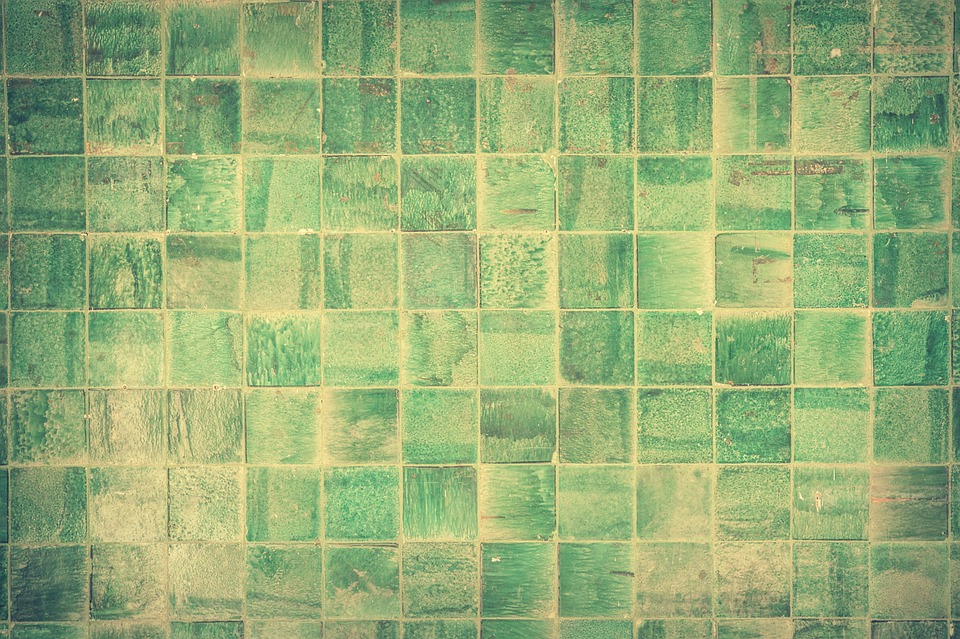The Artistic Legacy of Karel Martens: A Look at His Creative Journey
Karel Martens is a Dutch graphic designer, typographer, and educator whose work has left an indelible mark on the design world. With over 50 years of experience, Martens’ creative journey has been a rich and diverse one, characterized by his steadfast commitment to experimentation, playfulness, and innovation. In this article, we will explore the artistic legacy of Karel Martens, tracing his creative trajectory and examining his impact on the field of graphic design.
Early Life and Education
Karel Martens was born in 1939 in the city of Enschede in the Netherlands. He grew up in a family of printers and typographers, fostering his passion for design from an early age. Martens studied at the Arnhem School of Art and Design, where he was initially drawn to the field of painting. However, his interest in typography soon led him to switch to the graphic design program.
Martens’ education at the Arnhem School was marked by a strong emphasis on experimentation and independent thinking. This pedagogical approach, which prioritized exploring different materials and techniques, deeply influenced Martens’ approach to design. He developed a habit of regularly prototyping his ideas, often using unconventional materials like sawdust or metal wire to create tactile, three-dimensional designs.
Early Career
After completing his studies in 1961, Karel Martens began working as a freelance graphic designer. His early projects were varied, ranging from book covers to posters to corporate identity designs. He quickly gained a reputation for his playful and eclectic style, blending typefaces and colors in unexpected ways.
One of the most iconic works from this early period is the poster he designed for the Arnhem Mode Biennale in 1979. The poster featured a striking geometric layout, overlaid with fragmented, colorful text. This design synthesized many of the elements that would come to define Martens’ unique style, such as bold typographic experiments, unexpected color choices, and asymmetrical compositions.
Later Career and Legacy
Throughout the 1980s and 1990s, Karel Martens continued to push the boundaries of what was possible in graphic design. He frequently collaborated with other artists and designers, pushing the limits of the mediums and techniques available to him. One of his most notable collaborations was with the Dutch typographer and designer Wim Crouwel, with whom he worked on a small-press publication called “New Alphabet” in 1967.
In the 2000s and 2010s, Karel Martens’ work became increasingly focused on typography and type design. He created several critically acclaimed typefaces, such as “Karat” and “Sans,” which are now used by designers worldwide. In recent years, Martens has also collaborated with younger designers, mentoring them and imparting his wisdom about the importance of experimentation and playfulness in design.
Conclusion
Karel Martens’ artistic legacy is a multifaceted one, encompassing graphic design, typography, and education. His work is marked by a relentless spirit of experimentation and a commitment to pushing the boundaries of what is possible in design. Martens’ influence on the field of graphic design cannot be overstated, as he continues to inspire new generations of designers with his playful, unexpected approach to typography and composition.
FAQs
1. What is Karel Martens’ most famous work?
While Karel Martens has created many iconic works over the course of his career, his poster for the Arnhem Mode Biennale in 1979 is perhaps his most celebrated design.
2. What is Martens’ approach to design?
Martens’ approach to design is characterized by experimentation, playfulness, and a willingness to push the limits of what is possible. He frequently uses unconventional materials and techniques to create tactile, three-dimensional designs.
3. What is “New Alphabet,” and why is it important?
“New Alphabet” is a small-press publication created by Karel Martens and Wim Crouwel in 1967. The publication features an experimental alphabet that challenged the conventions of traditional type design and had a significant impact on the field of typography.
4. What is Martens’ most famous typeface?
Martens has created several acclaimed typefaces over the course of his career, but “Karat” and “Sans” are perhaps his best-known designs.
5. How has Karel Martens influenced the field of graphic design?
Karel Martens’ influence on the field of graphic design is profound and far-reaching. His commitment to experimentation, playfulness, and innovation has inspired generations of designers and continues to shape the way we think about typography, composition, and visual communication.






